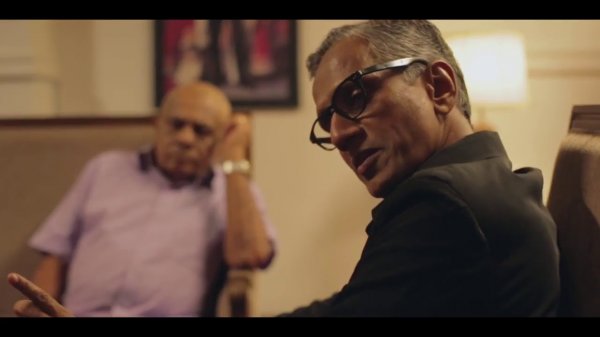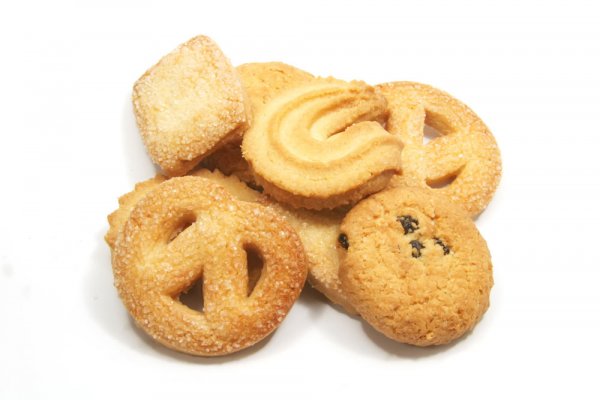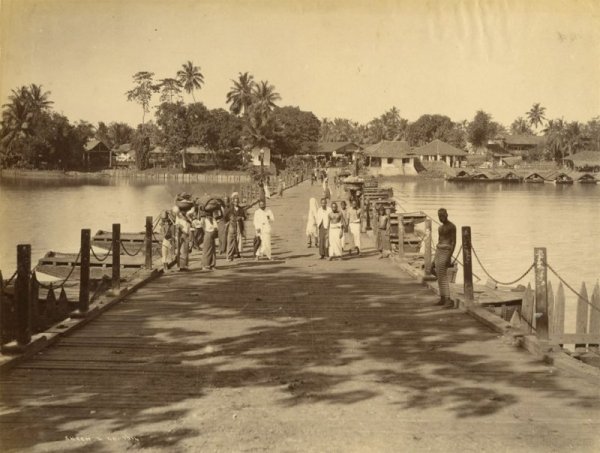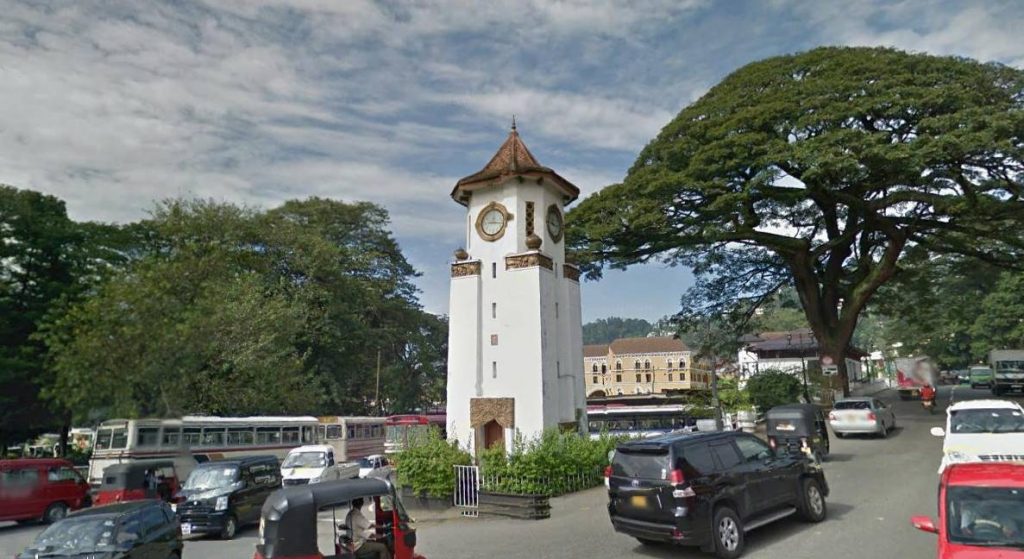
Many people like to venture up-country to Kandy because of the cool climate, picturesque surroundings, and its numerous cultural, historical and archaeological sites. However, as mentioned before, there are a few sites of interest which people tend to miss.
Ehelepola Walauwa

The Ehelepola walauwa—ancestral home of Ehelepola Disawe and his family. Image courtesy amazinglanka.com
Ehelepola Disawe, who was one of the Kandyan nobles during the reign of King Sri Wickrama Rajasinghe, assisted the British with their plans to conquer the Kandyan Kingdom. This walauwa was the ancestral home of Ehelepola Disawe and his family. The two-storeyed structure with its rounded columns is reminiscent of Dutch architecture, and during the early 19th century, the British used the mansion and its surrounding property as a prison.
The British imprisoned leading patriots such as the Keppetipola Nilame, who took part in the 1818 rebellion, at this location. For 195 years, Ehelepola Walauwa served as a prison until the Sri Lankan Prisons Department handed over administration of the building to President Mahinda Rajapaksa. Since then, steps were taken to restore and preserve the historical value of the building, and in future it might function as a boutique hotel or rest house.
Giragama Walauwa
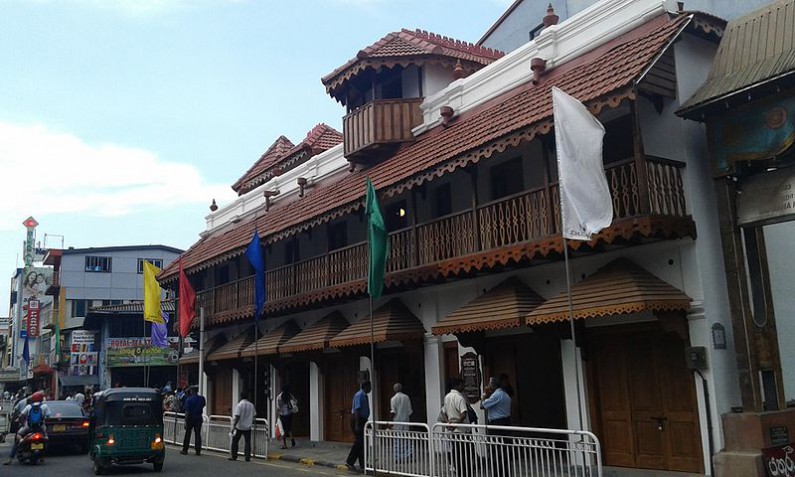
The Giragama walauwa is considered the oldest walauwa in Kandy. Image courtesy wikimedia.org
This historic building is located on the corner of Brownrigg Street and Colombo Street in Kandy. This walauwa was originally built in 1814 and is considered the oldest in Kandy. It was the residence of the former Diyawadana Nilame Kudamudiyanse Giragama, with many small businesses and shops now operating in it. Because of this, the fact that it is actually a historic building does not strike the eye.
Giragama Nilame was one of the Kandyan people involved in the 1818 rebellion against the British rule in Kandy; after the rebellion the British sent him to Colombo, where he passed away. A daughter of the Nilame sold the walauwa after his death and it was turned into a place of business.
The Giragama Walauwa is now considered a protected archaeological monument, and in 2014 the Central Cultural Fund, the Kandy Municipal Council, and the Urban Development Authority took steps to restore it. The restoration work was completed in September 2015 at a total cost of Rs 15.08 million.
A notable feature of this walauwa is a wooden construction with a tower in its centre—archaeologists have pointed out that it may have been used as a watchtower.
The First World War Memorial

Better known as the Planters’ memorial, this structure was built in memory of the British planters from Kandy who gave their lives during WWI. Image courtesy slwakes.files.wordpress.com
The granite stone pillar located in the middle of George R. De Silva Park in the Kandy town doesn’t get much notice. The 33-foot tall structure was built in remembrance of the English planters from Kandy, who gave their lives while fighting the First World War.
Funds for the construction of the memorial were raised by the Planters’ Association of Ceylon in Kandy and the memorial—which is also known as the Planters’ Memorial—was unveiled by Colonel Clifford Coffin in February, 1923.
The Water Fountain From The Victorian Era

This water fountain is known as the Prince of Wales fountain, thus named to commemorate the visit of Prince Albert Edward to the city, in 1875. Image courtesy pinterest.com
In the 19th century, the hills surrounding Kandy were covered in nearly 250,000 acres of coffee plantation, and the English coffee planters earned a great deal of income by importing this coffee. Even though the coffee plantations were destroyed by disease and were never grown again, the fountain that these planters installed in the middle of Kandy town remains even to this day. Built in traditional Victorian style, the wrought-iron fountain was shipped to Sri Lanka from England.
According to an inscription on the fountain, it was built by the coffee planters to commemorate the visit of Albert Edward, the Prince of Wales, to Kandy in December of 1875. In 2013, it was restored and ceremonially entrusted to people of Kandy.
The Clock Tower In Kandy Town
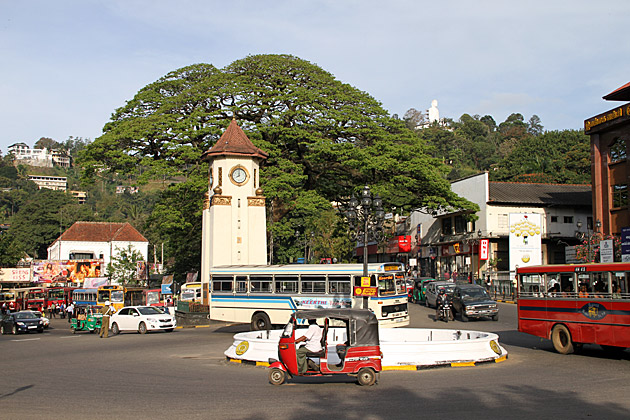
The clock tower which stands in the middle of the town was built as a memorial by a local businessman, after the death of his son. Image courtesy for91days.com
Situated in the middle of the town and embellished with traditional Kandyan style architectural motifs, it is a structure nobody can miss. But the history of its construction still remains unknown to many. In 1950, a businessman by the name of Hajji Mohamed Ismail had it built in memory of his son Mohamed Zacky Ismail, and three of his son’s friends, who died in a landslide that took place at Kadugannawa three years previously.
Devastated by his loss, the businessman decided to build a clock tower to remember his son and the others who lost their lives along with him, seeing as no clock tower had been built at that time in the town either. The architect Shirley de Alwis, designed the clock tower and in 1951, the clock tower was declared open by Prime Minister D.S. Senanayake in the presence of E. L. Senanayake, Mayor of Kandy.
In terms of cultural and historic value Kandy has much to offer local and foreign tourists alike. These places which are less popular among visitors to the Fortress city, have their own unique appeal, and paying a visit to each—or at least a few of them—will make for interesting trip.
*Research by Kusumsiri Wijayawardena
